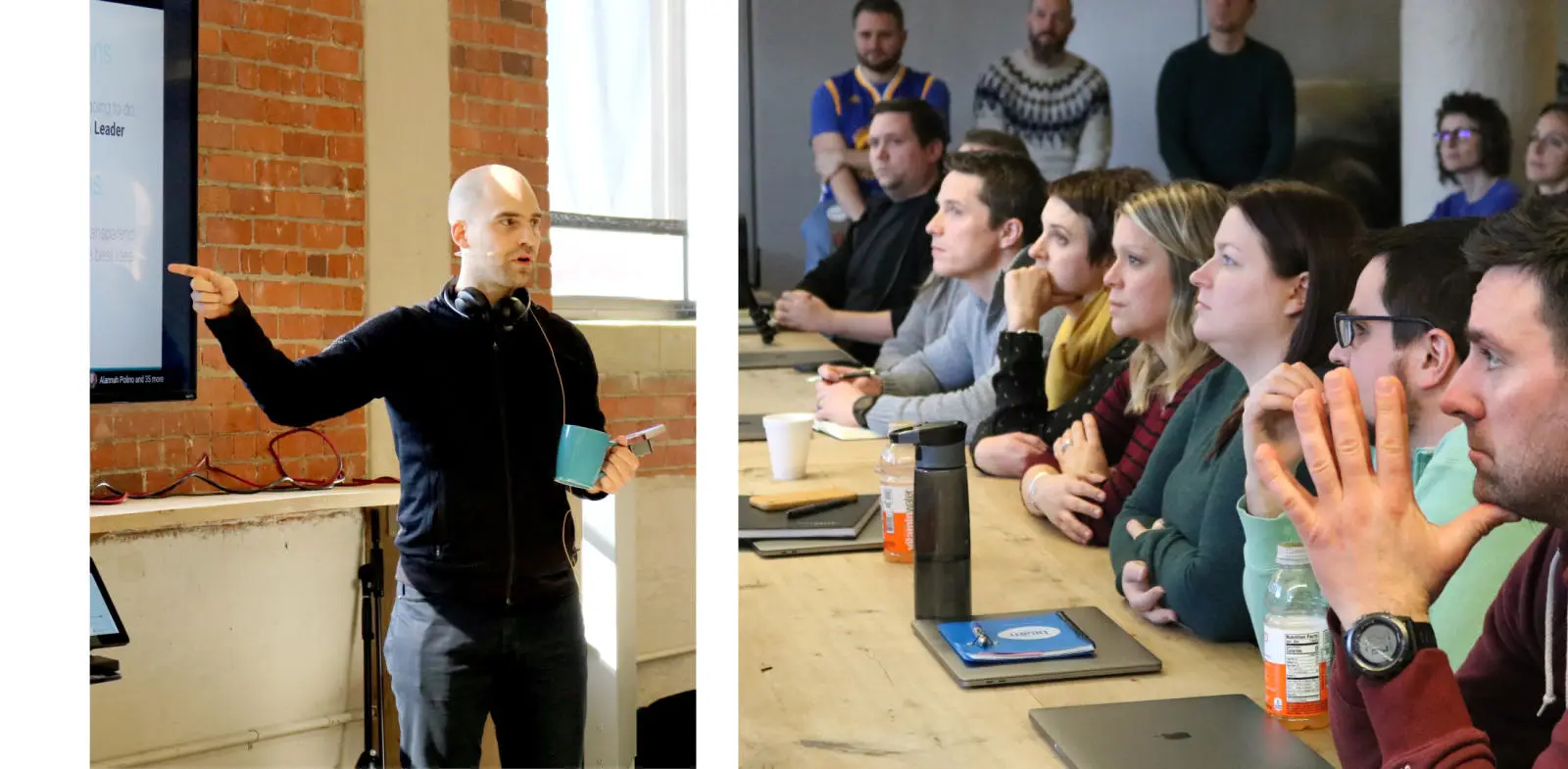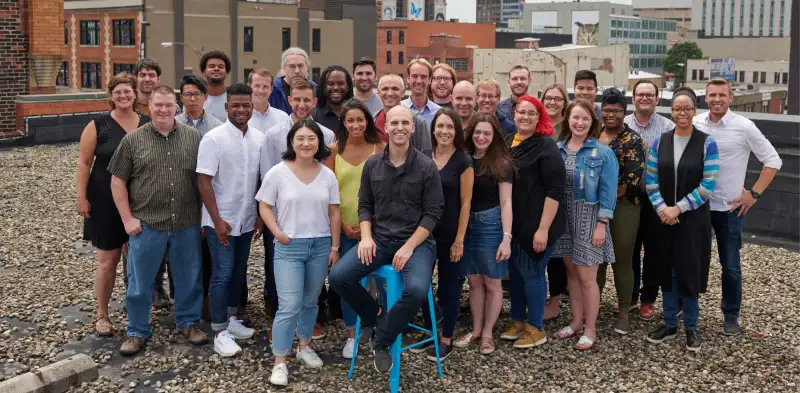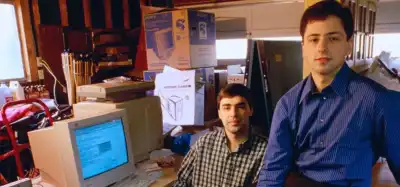This piece is Part One of a two-part series featuring Beam Dental.
Part Two: Making OKRs Work Better
Summary
After performing a root cause analysis, Beam Dental CEO Alex Frommeyer discovered his company’s issues actually stemmed from OKRs that looked good on paper but lacked vision. Learn here how by holding himself accountable and investing in OKR education, he was able to rebuild trust among his employees.
As a first-time startup founder and CEO, Alex Frommeyer (Fro) is accustomed to change. But in mid-2019, executives noticed a growing problem that made no sense: tension between different departments at Beam Dental. Fro was scratching his head, “I kept asking myself, ‘Why can’t people get along? Why are these teams basically at war with each other?’” By late summer, there were daily emotional interruptions from team leaders, complaining they no longer knew what their priorities were and how they should be making decisions.
Going from 60 employees to 200 in just six months, company leaders expected growing pains, but this was a surprise. Beam executives thought they had planned for this transition. In late 2018, in an effort to align new managers and staff with the company’s ambitious goals, Beam executives shifted the company from doing basic KPI and goal setting to using OKRs (Objectives and Key Results). Clearly, something wasn’t working.
To get a grip on why his people were so unhappy, Fro began a series of 1:1 meetings with individual team leaders. He quickly learned that each team had “totally reasonable understandings of their vision, but they were frustrated they weren’t getting help from another team.” For example, the Claims team was striving to implement the more efficient, automated processing, but it couldn’t meet that Objective without help from the Product and Engineering teams, which were busy trying to meet their own goals.
Teams were anxious about not meeting their Objectives, but they couldn’t succeed without another team — which was already feeling pressure to make its own Objectives. Tensions escalated as progress stalled. According to Fro, “This created an atmosphere of fear. And they were just at a standstill, sometimes thinking, ‘It must be because you don’t like me.’” Fro could empathize with their frustrations, but why was this happening?
Facing the turbulence
At this point, the executives could have simply shrugged it off as organizational politics and pushed ahead with their OKRs. Instead, executives and senior managers dug deeper, talking through the problem in terms of root cause analysis — the concept of symptoms and disease. Management slowly recognized that the cause wasn’t a performance problem. According to Fro, “The tensions were the symptoms. And what we didn’t realize early enough was that the disease was poorly written OKRs and misaligned goals.”
These issues were a direct result of the company’s 2019 OKRs, written by the executives.
Objectives for 2019 Company-Wide OKRs:
- Increase our Gross Margin to [XX]% by EOY 2019.
- Lower variable labor costs to 3.5% of premium.
- Understand “Total Cost to Serve” and Measure Everything.
Seemed clear. Measurable. Even a stretch. But when Fro and the executive team examined them more closely, "Our Objectives really looked more like Key Results because we put measurable components, instead of vision, into the Objective.”
“As engineers, we were obsessed with metrics in the business," admitted Fro, “but our good Intentions were actually bad for the execution side.”
Beam’s rapid growth added to the confusion, as newer hires and people without OKR experience were hacking new OKRs into the system, without knowing how to own and align them. It was only a matter of time before teams began working toward goals that are opposed to each other.
At the end of the root-cause analysis, Fro made an unusual decision for a CEO. In his words, “I put my hand up and volunteered myself to be held accountable for messing up and causing issues inside the teams.” He would announce his mistake to the entire company.
The captain comes clean with his crew
Every month, Beam holds an All Hands lunch meeting in the company’s open kitchen area. These meetings start with a celebration of individual and team successes before Fro gives the company update. In October 2019, it was a confession.

Standing before 100 employees crammed into picnic tables, with another 100 tuning in remotely from conference rooms and the Cincinnati office, Fro took ownership of the problem. “This was actually my fault. Because I checked the box and approved those sets of Objectives, and these teams are all brand new at the OKR-building exercise.“
Flipping through his PowerPoint presentation aptly titled “My Mistakes,” Fro acknowledged specific conflicts over the past year, like growing headcount too fast or over-setting expectations for products. He laid out Beam’s vision for 2020, which would include a clearer mission, a detailed roadmap, and more training. Finally, he shared the new and improved OKRs.
At the end of the day, Fro said, “We wanted to be thoughtful, deliberate, and create a process to help the rest of the company do OKRs at a department level to kind of distribute down from that.”
Demonstrating public humility not often seen in C-suite executives had a ripple effect throughout the organization, said Justin Bersuder, Beam’s Director of Product Management. After the presentation, he felt a new layer of confidence and trust in his peers, and for management as a whole.
Shortly afterward, management began a series of training sessions designed to help team members better understand and create their own OKRs. Moving to “more abstract” Objectives was a scary step for metrics-obsessed, engineer executives, but they learned that this approach would ultimately provide more clarity and flexibility to the entire company, while supporting a stronger vision.

Setting a new course
This transparent process continues to build trust across the company. Thanks to Beam management’s commitment to communication and feedback, alignment between management and teams has improved tremendously. People are back on the same page. As Fro puts it, “You have to look at each other in the eyes across the business and know what we’re really trying to create. It’s a necessary part of growing the business. Having a vision and architecting it, but then reinforcing it and elevating it constantly is super important.” And a little vulnerability doesn’t hurt either.
This piece is Part One of a two-part series featuring Beam Dental.
Part Two: Making OKRs Work Better
If you’re interested in starting our OKRs 101 course, click here.



